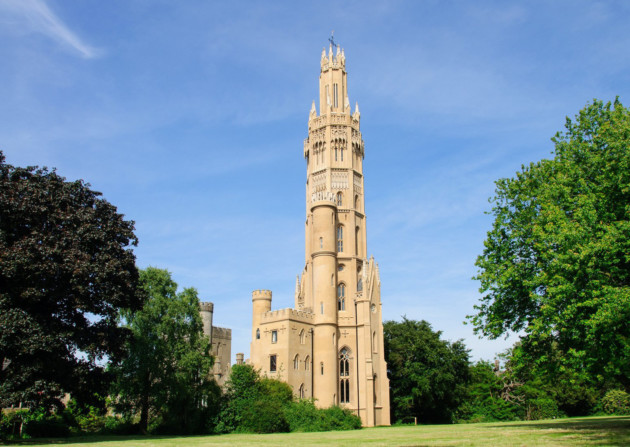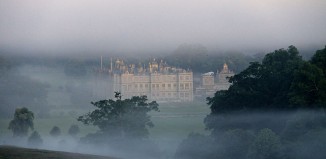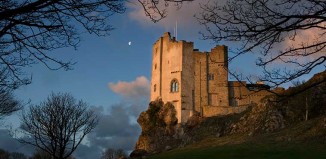Stay in castles and follies across Britain with the Vivat Trust
Margaret Powling
Founded over 30 years ago to rescue Britain’s historic houses, the Vivat Trust offers the opportunity to stay in some of the nation’s most spectacular and unusual buildings. The question is which one will you choose?
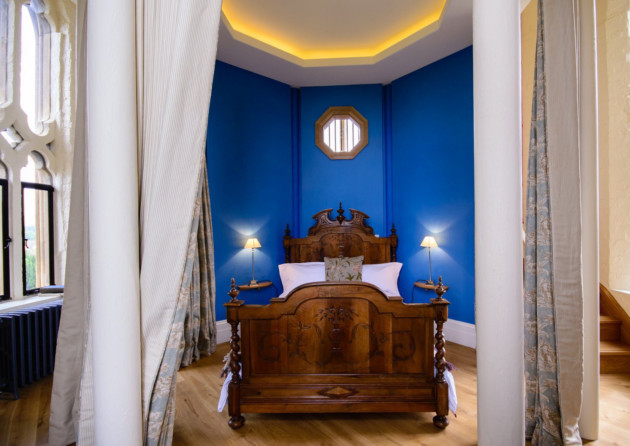
Hadslow Tower. © Vivat Trust
Have you ever visited a historic house and wondered what it might be like to live or even to stay there for just a while? Well now you can, in properties either owned or managed by the Vivat Trust. Since its formation in 1981, this charitable organisation has fought to rescue and preserve historic buildings – gatehouses, tower houses, and even former banqueting halls – which may otherwise have disappeared forever from Britain’s architectural landscape. Indeed, it was the first trust to be allowed to acquire leasehold properties by The Charity Commissioners. As a result it is able to repair and improve small and medium-sized buildings that have been passed over by larger organisations and whose owners cannot or do not wish to grant a freehold. Once the buildings have been restored and converted they are let out as distinctive and luxurious holiday accommodation, the income from them covering the running and maintenance costs.
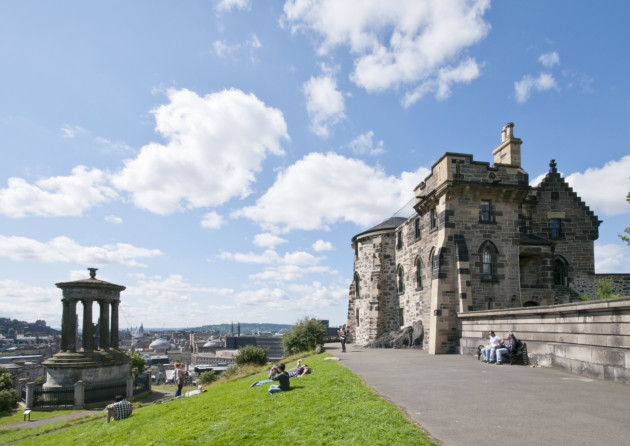
The Old Observatory. © Vivat Trust
So who thought up this undeniably difficult-to-achieve, but otherwise brilliant scheme? The answer is Niall Phillips and Paul Simon, two architects who travelled the length and breadth of the United Kingdom visiting old buildings and studying traditional methods of repair under The Society of the Protection of Ancient Buildings’ (SPAB) scholarship programme. What shocked them was the number of small scale historic buildings in a desperate state of disrepair. It was from those humble beginnings 32 years ago that the Vivat Trust was born.
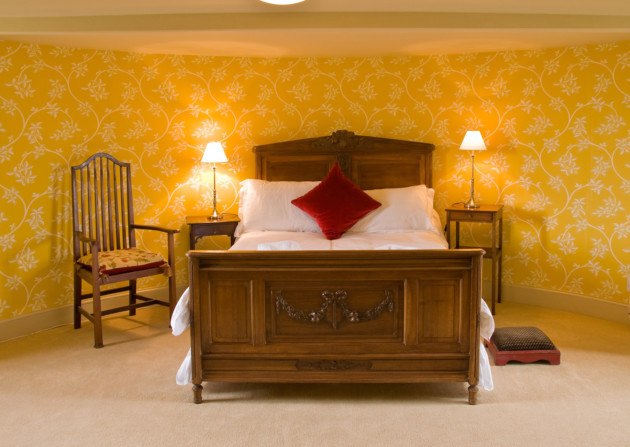
The Old Observatory. © Vivat Trust
Hadlow Tower in Kent is one of the biggest, the most expensive and most impressive project the trust has taken on. This 19th-century romantic Gothic folly is situated in the village of Hadlow, itself mentioned in the Domesday Survey, and approximately 25km south-east of London. It was built between 1835 and 1838 by the architect George Ledwell Taylor for Walter Barton May. “May wanted a prospect tower, a rival for Beckford’s Folly in Wiltshire,” explains Trust director, Laura Norris. “Shortly after its completion the ornate lantern was added taking the tower to 53 metres high. It dominates the Kent plains and is a well-known landmark for the area and county. In 1951 Hadlow Tower was saved from demolition by the portrait painter, Bernard Hailstone, while the rest of the castle was dismantled. Following years of neglect, storm damage and controlled down-takings, the tower had become an unadorned stump!”
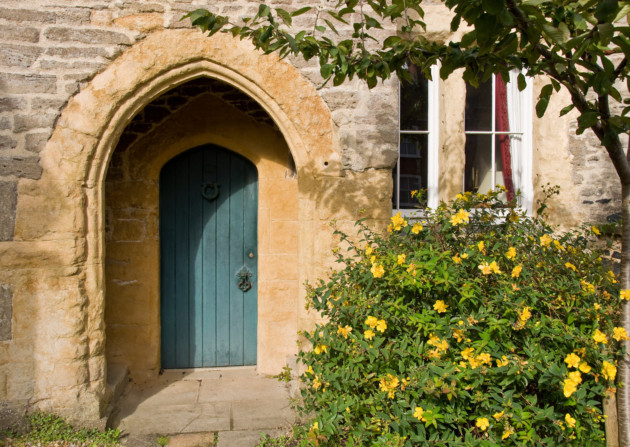
The Chantry. © Vivat Trust
Like everything entered into by the Vivat Trust, attention has been paid to detail. The tower was originally decorated in a romantic gothic style using a material common at the time, Roman cement render. This material was developed in Kent in the 1780s but while the tradition of using it has fallen from favour in this country, it has continued on the continent. Therefore, when the Vivat Trust decided to use this porous lime-based material in order to restore authentically the building’s intricate pre-cast mouldings, they imported it from France. With the ornate lantern reinstated, the building rises to 170ft making it the UK’s tallest standing folly.
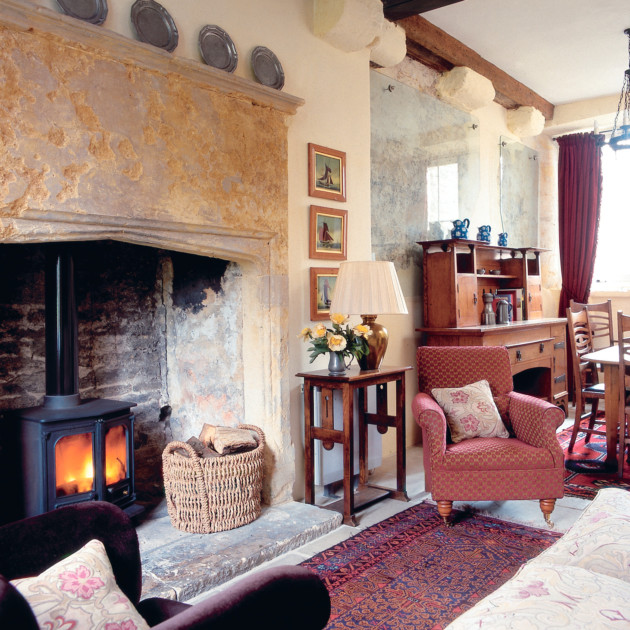
The Chantry. © Vivat Trust
Those staying in Hadlow Tower will be close to many other historic landmarks including Hever Castle, Leeds Castle, Chartwell (the former home of Prime Minster Sir Winston Churchill), Penshurst Place, Canterbury Cathedral, Finchcocks Musical Museum and the Charles Dickens Trail around Chatham and Rochester.
While work on the magnificent Hadlow Tower was taking place, at the other end of the United Kingdom, Vivat Trust was busy restoring Dunolly House in Inverness. This grand, and lavishly decorated, Georgian residence is located at the eastern-most tip of Thomas Telford’s Caledonian Canal. It was built in the early 19th century for Thomas Telford himself when he was overseeing the building of the eastern section of the waterway, and it later became spacious accommodation (sleeping eight people today) for the canal manager after construction was complete.
Still in Scotland, indeed in Edinburgh to be precise, Old Observatory House atop Calton Hill is the perfect vantage point from which to view the night sky, in the days before light pollution. In 1776, during the period known as the Age of Enlightenment – when intellectuals challenged ideas founded on traditional thinking and faith – the city granted permission to Thomas Short, an Edinburgh optician, to found an observatory. The building was designed by James Craig, the architect who, when still only 22, won the competition to plan Edinburgh’s New Town. Sadly, funds did not allow the building to be completed, only a Gothic tower, but it was later run by the Astronomical Society before being upgraded and extended in 1883 to house the then Astronomer Royal, Charles Piazzi Smith. Today, with accommodation for eight, the Old Observatory House is ideally placed for visiting Edinburgh with its many historic buildings – the Castle, Linlithgow Palace, the Old Town, the Forth Road Bridge, St Giles Cathedral and the Palace of Holyroodhouse.
The Vivat Trust also has a number of small, romantic hideaways for couples. Bolton Percy Gatehouse in Tadcaster, Yorkshire, was originally the entrance to a courtyard of medieval buildings including a rectory house, a timber-framed barn, a dovecote and stables and is, today, the only medieval building to survive from this group. Intricate carvings to the internal beams indicate that this was no low-class dwelling but one of considerable status which perhaps offered accommodation for guests to the rectory. It now offers accommodation for two adults with an impressive half tester bed and comfortable sitting and dining areas. Positioned between the village pub and the churchyard, the gatehouse offers peaceful seclusion and yet is only eight miles from the city of York. Historic attractions within easy reach of Bolton Percy Gatehouse also include Selby Abbey, Castle Howard, Harewood House, and Fountains Abbey.
Close to the Dorset coast you will find The Chantry, one of Vivat’s early acquisitions, situated in one of the most historic streets in the medieval town of Bridport and is, indeed, the oldest secular building in the town. “In the 14th century the building housed a priest who sang masses for the souls of the departed, hence the name ‘chantry’,” explains Laura, “and the 17th-century geometric and floral wall paintings, still visible in the sitting room, bear witness to the Chantry’s evolution as a private home.” Today the Chantry is exquisitely furnished with Arts and Crafts furniture and boasts a spectacular 17th-century stone fireplace (now with a very 21st-century wood-burning stove).
Whichever type of historic property you choose, the variety now available, and all restored and furnished to a high standard, demonstrates just how far the Vivat Trust has progressed since those two young architects toured the country more than 30 years ago.
To book a stay at a Vivat Trust property or to become a Friend of the Vivat Trust, giving you access to exclusive ‘behind-the-scenes’ tours of the buildings during their restoration, as well as priority booking for new properties as they become available, go to www.vivat-trust.org

